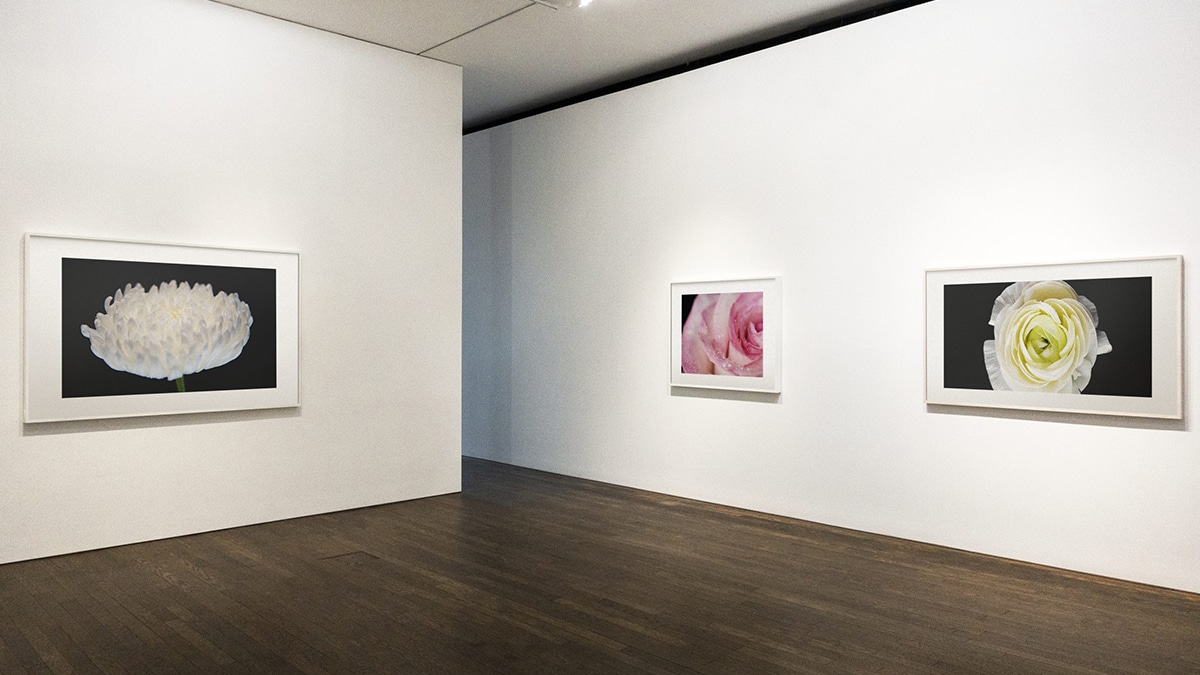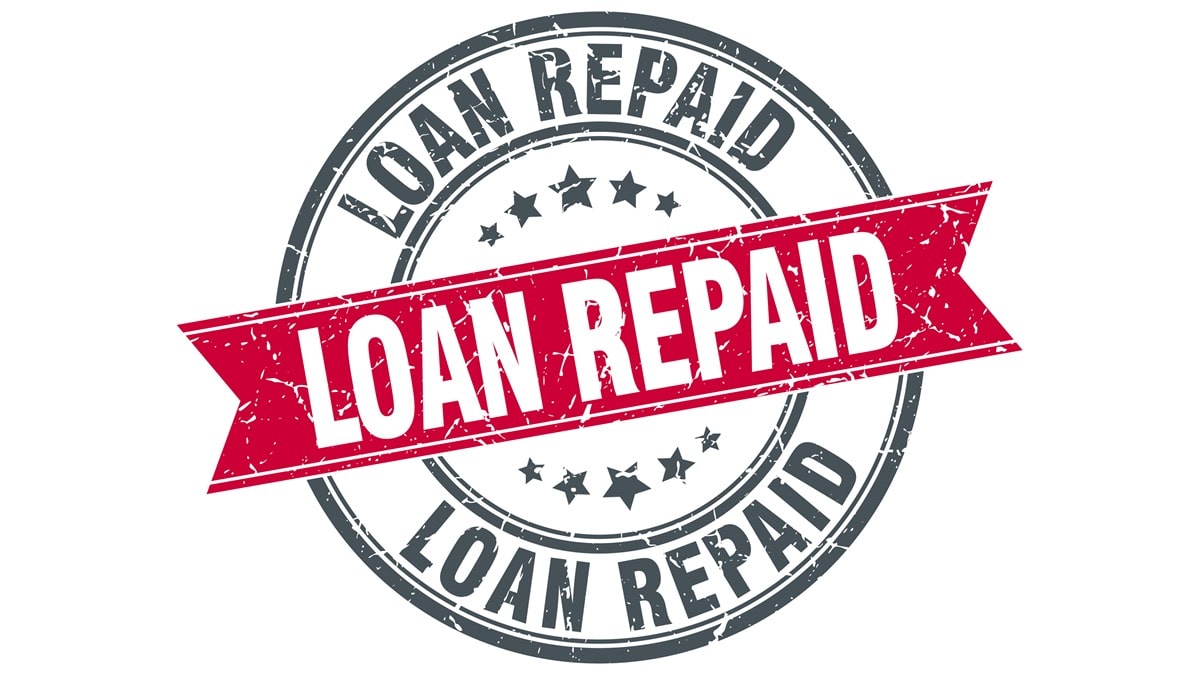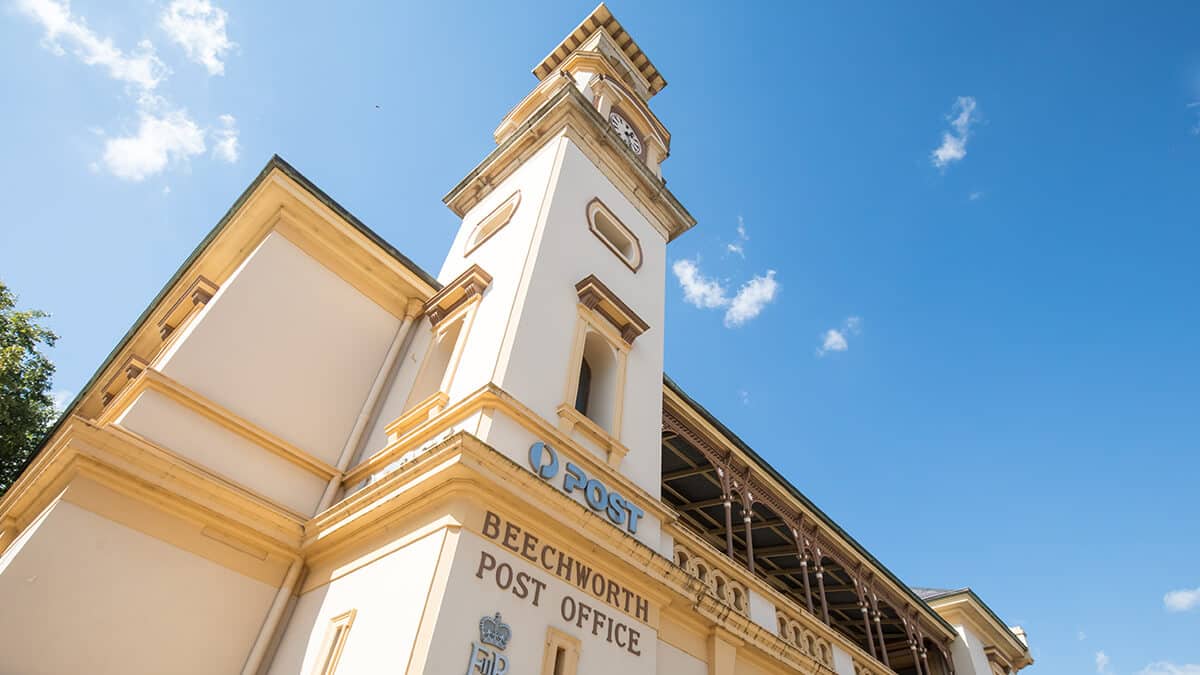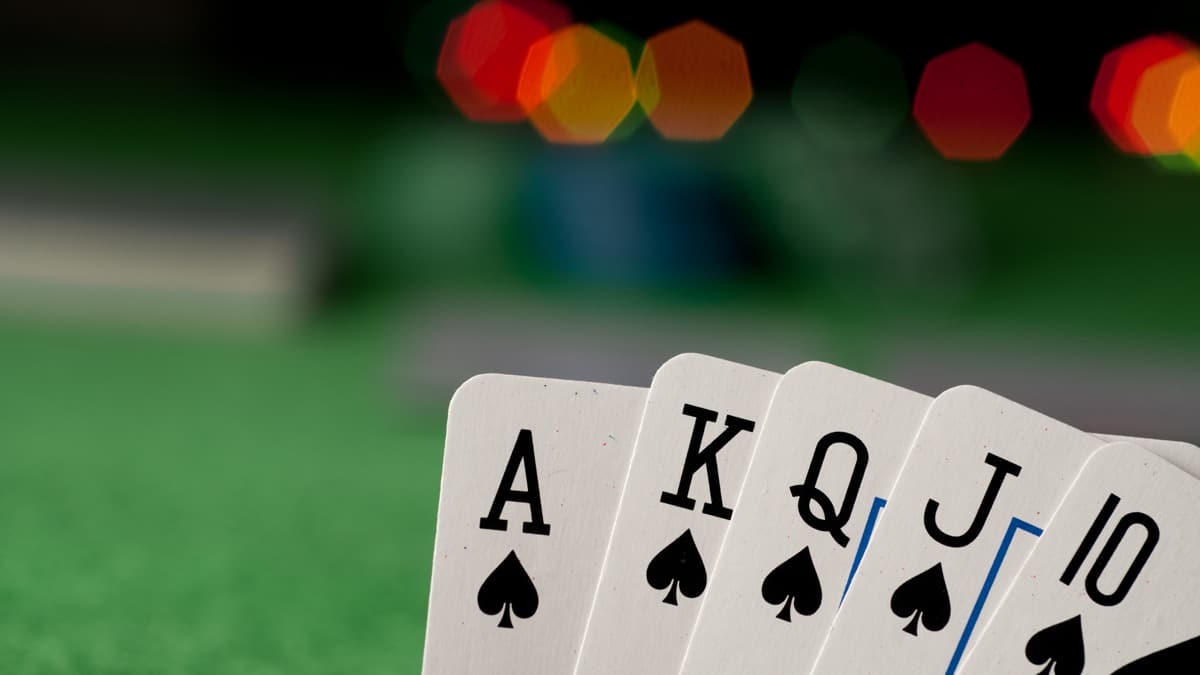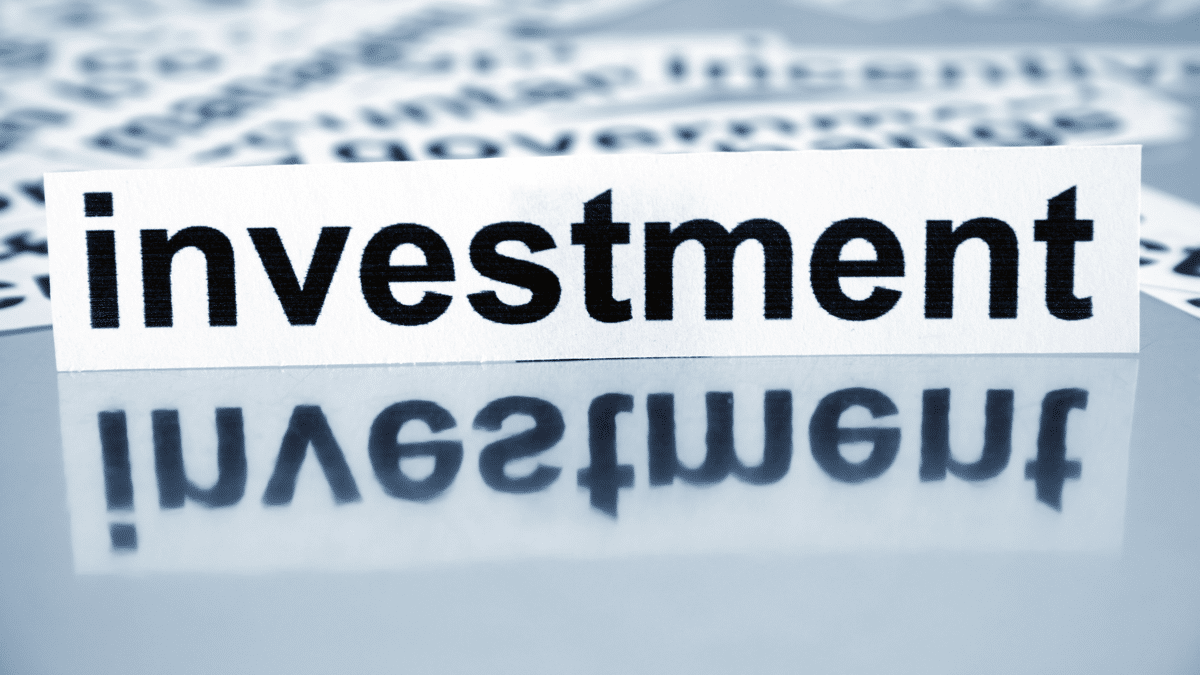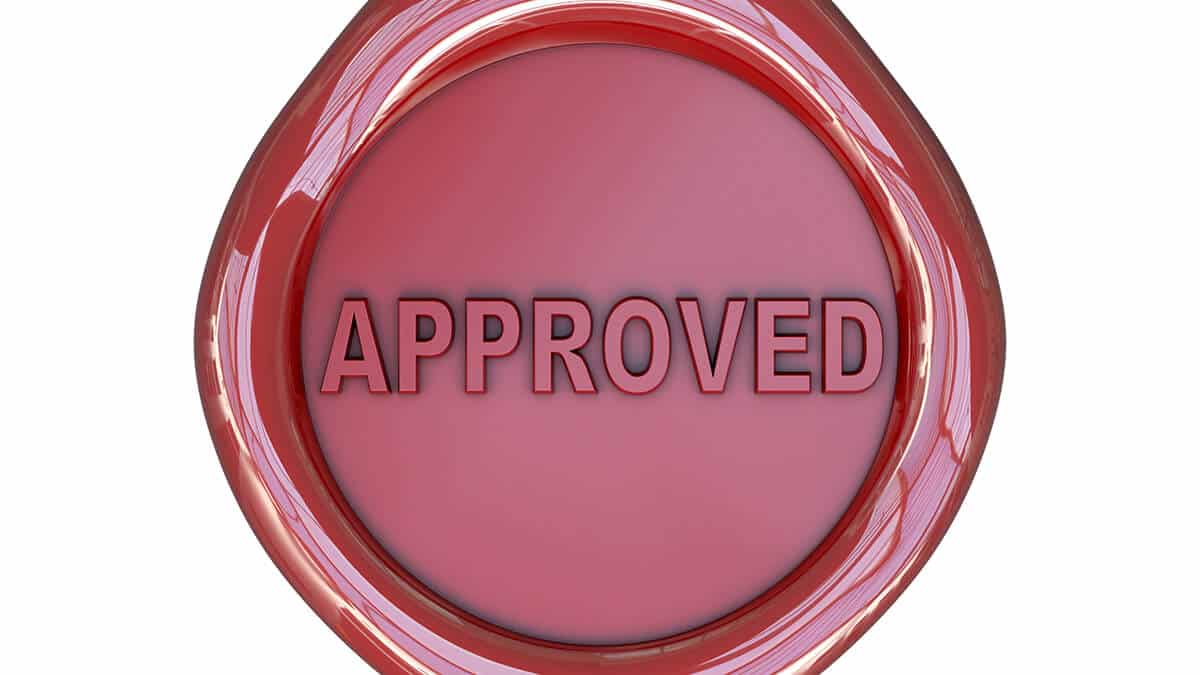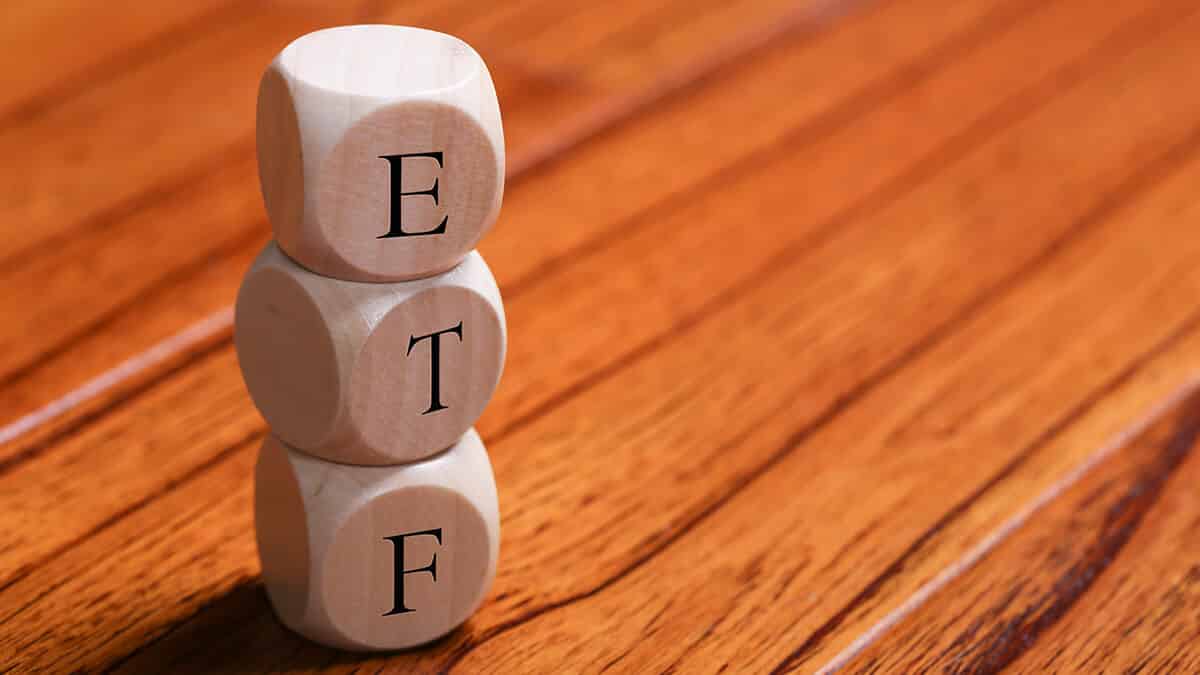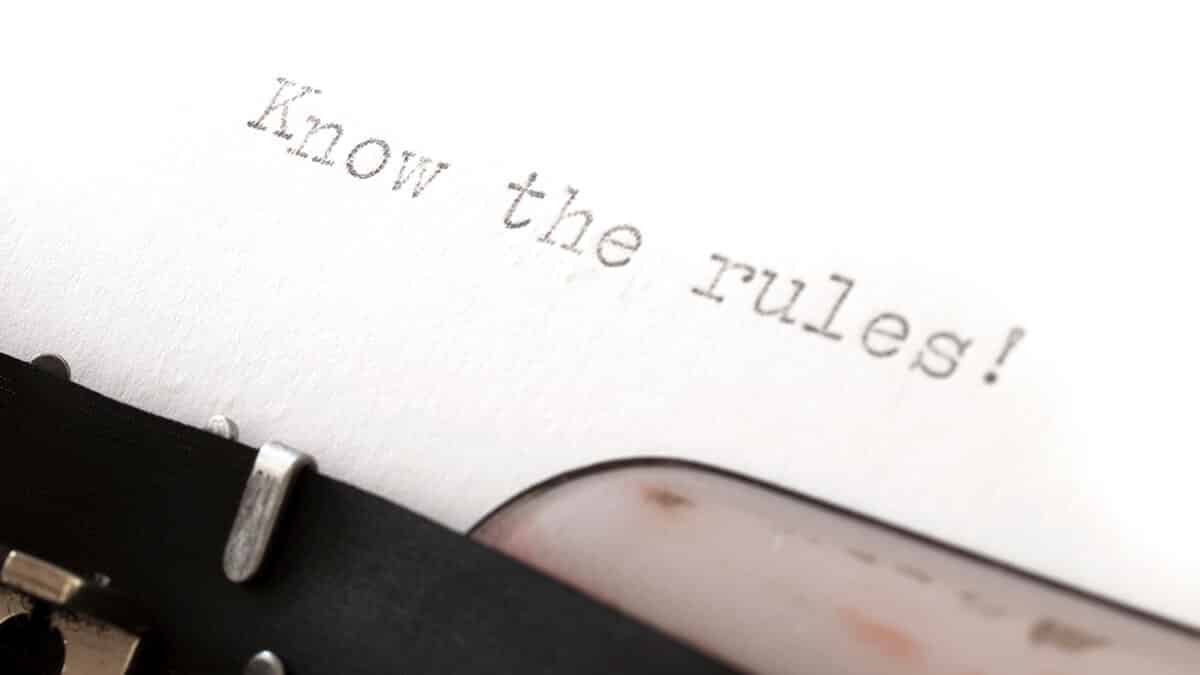In this guide
One of the advantages of having your own self-managed super fund (SMSF) is that you can invest in art and other collectables within your fund.
That doesn’t mean you can buy an original Brett Whiteley for your living room wall or a case of Penfolds Grange for your cellar with SMSF funds.
As with everything to do with super, there are strict rules governing collectable investments, from what they are to how they are stored.
What are collectables and personal use assets?
Collectables and personal use assets include any of the following:
- Artwork (such as paintings and sculptures)
- Jewellery
- Antiques
- Cultural or historical artefacts
- Motor vehicles and motorcycles
- Recreational boats
- Memberships of sporting clubs or social clubs
- Coins, medallions and bank notes if their market value exceeds their face value
- Rare books, manuscripts and folios
- Memorabilia
- Wine or spirits
- Postage stamps and first-day covers
According to the latest figures from the Australian Taxation Office (ATO), at the end of June 2023 Australian SMSFs held a total of $566 million in collectable and personal use assets. This represents less than 0.1% of total SMSF assets of $876.4 billion.
What are the rules around SMSFs investing in collectables and personal use assets?
You can invest in collectables and personal assets if your Trust Deed and Investment Strategy allow it. Further to that, collectables and personal use assets must not:
- Provide any present-day benefit for SMSF members or related parties. In other words, they cannot be used by SMSF members or related parties. Instead, these types of investments must be for the benefit of members in their retirement (or to pass onto their dependants or beneficiaries when they die). This ensures that they comply with the sole purpose test on which the Australian superannuation system is based.
- Be leased to an SMSF member or a related party
- Be stored or displayed in the private residence of an SMSF member or related party. The decision on where these items are stored must be documented and kept as a record.
Say, for example, your SMSF owns a painting. You could lease it out to a gallery provided the gallery is not owned by a related party and the lease is on arm’s length terms. Or if your SMSF owns a vintage car, you or a related party can’t drive it even for maintenance or restoration work, but a non-related party could.
In addition, collectable and personal use assets must:
- Be insured in the SMSF’s trustees name within seven days of being acquired
- Be valued at market value when preparing your fund’s annual accounts and financial statements
- Be valued by an independent expert if transferred or sold to a member of your SMSF or a related party.
